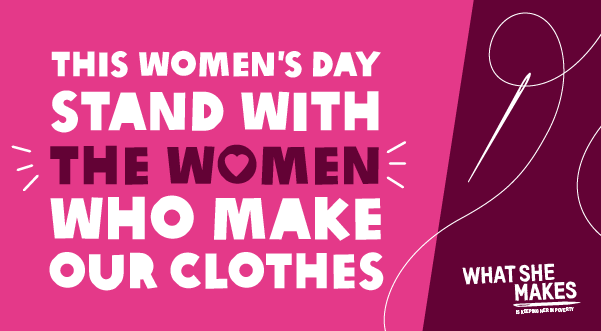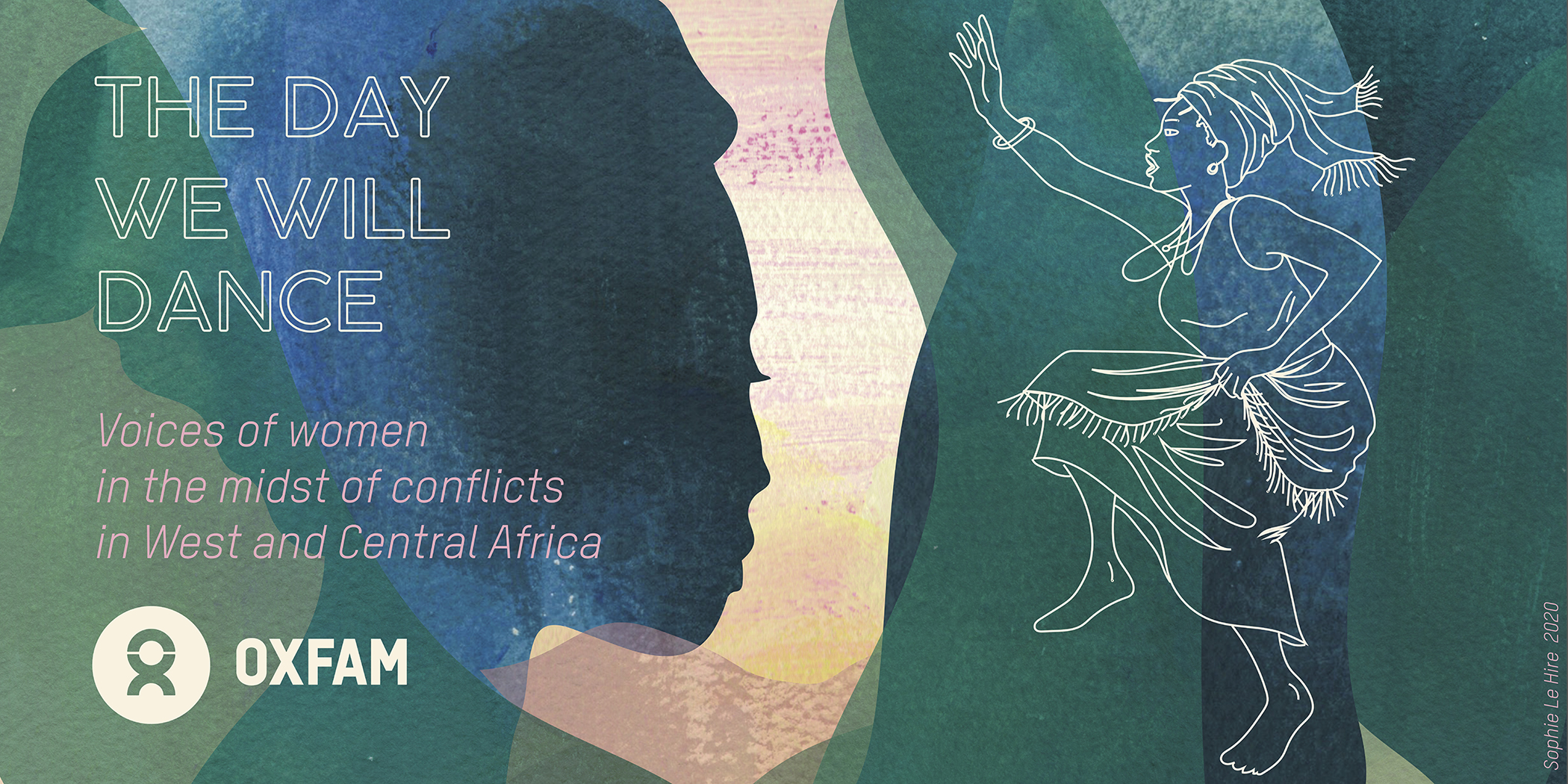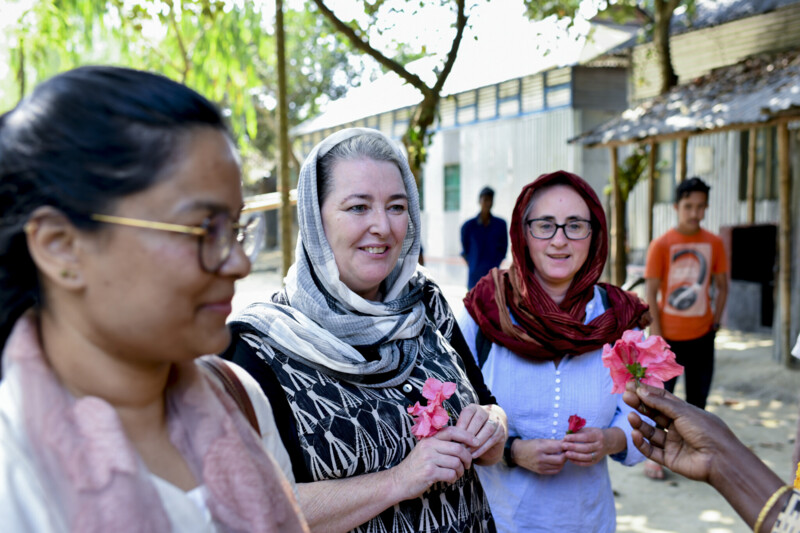Introducing the director of Durban’s Refugee Social Services, Yasmin Rajah
As if fleeing their homeland because of conflict, persecution or hunger isn’t traumatic enough, refugees must then deal with rebuilding their life in a new country: finding somewhere to live, learning a new language, getting a job, enrolling their kids in school.
For the many thousands of refugees who seek asylum in South Africa, this process is made all the more challenging by a lack of government support. Fortunately, organisations like Oxfam’s Durban-based partner Refugee Social Services (RSS) exist to fill this gap, providing people with assistance to get settled and regain their independence.
Here, in the first of two instalments, RSS’s Director Yasmin Rajah tells Gladys Ryan about her organisation’s work and describes one of their most innovative projects: training refugee women to set up home-based childcare centres.
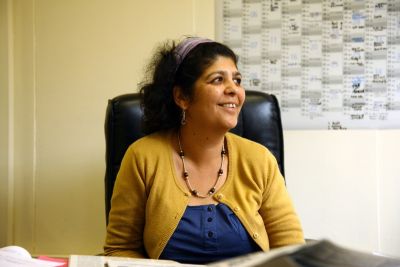
Refugee Social Services: living up to their name
Can you give us a bit of background about RSS?
We’re a UNHCR implementing partner and we actually work with refugees and asylum seekers. Our job is to help them orientate to the city, the country, help them figure out how to live in South Africa and … get on their feet.
There were very few organisations doing any strategic work with refugees and asylum seekers. The type of work that was being done prior to our organisation was basically material assistance, and very little at that.
What makes your organisation different to the others?
These refugees are people that are marginalised, that have been traumatised and fled persecution … Whilst we as a country give them enabling documents, we don’t provide a package of services … So once you get into South Africa and you apply for asylum, nobody gives you accommodation, nobody sorts out your day-to-day living … there’s no structured way in which you can go and find your way around.
Basically, what our country is saying is that we’ll let you in, we’ll give you the documents, but you must find your way around. Our organisation … fills the gap because the state has not made proper arrangements for this new community of people.
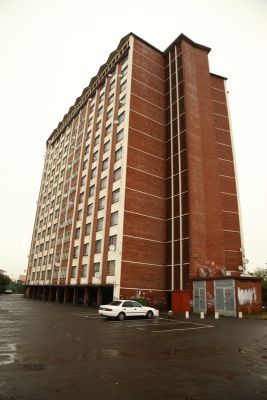
A helping hand, not a hand-out
So this isn’t just material assistance you’re providing?
It’s information as well as material assistance.
Our whole idea is to help people to help themselves but we also need to look at the fact that a lot of them might be traumatised; they might not speak the language; they don’t know this new place; they haven’t prepared to come to South Africa necessarily.
So the type of services we give … would include some level of training, when it comes to language in particularly; we’d give them information on what their rights are and how to access their rights — so for instance, if somebody comes in with their kids, their children have a right even as asylum seekers to get into school.
Can you tell us about your home-based childcare training program?
What we realised was … families were coming into the country; they had young children with them and, like I said before, South Africa doesn’t provide you with a package so nobody is meeting your needs —parents need to go out and work.
And what we found was that parents … I don’t think it’s deliberate neglect … were being forced to actually lock their kids into their homes so that they could go out and look for work to meet basic daily needs.
Some of the women that came out were not formally educated and so finding work for them was also difficult. And we had incidences of children falling out of windows and being in a flat that’s burnt — you know something’s burnt down — I think the first case I heard of is where a television exploded.
We looked at that and we thought we needed to do something because childcare is not cheap in South Africa.
Keeping them safe
So we decided that we needed to work on a home-based childcare program which would benefit both the women that were not working, as well as the children that were being locked in homes.
We … identify from within our caseload women (who) have very little chance of getting into the formal job market. We train them on childcare, safety, nutrition, development and then what we ask of them is to open up a home-based childcare centre. We provide them with a start-up package so they can start up in their flats.
What it then does is provides the women with a source of income because … they don’t have too much overhead costs, they’re not renting premises and stuff like that.
The children attending these childcare facilities are from the building or the area in which they (the women) live. Because the kids are usually pre-schoolers, they get the opportunity to be in a space where they are stimulated so they get that foundation … to be developing their skills. The stimulation helps prepare for schooling and for education.
The parents that put the kids in there get a chance to go out and work and not be worried about where their children are. So that was the idea with the home-based childcare.
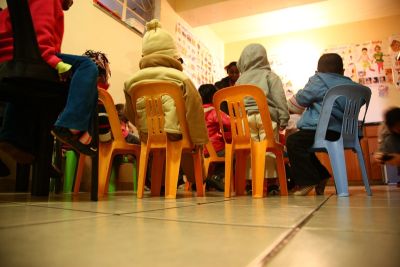
What are the main challenges of these home crèches?
The one challenge we have is that when we conceptualised the program it was around a small number of children in an existing home, so you use the space for multi purposes. Your lounge turns into an educare facility during the day.
What we find is that sometimes some of the home-based carers take in more children … some of them are wanting to expand too quickly. So where we had conceptualised it [as having] minimal overheads … some of the clients want us to help them rent premises. They assume that with more children there’s going to be more income, and they don’t think of the added expense.
You don’t always make a profit when you’re working with children. Sometimes the parents don’t pay; sometimes … the kids coming don’t have sufficient nutrition.
But otherwise I think the centres themselves generally run quite well.
Next: “Survivors, not victims.” More on how RSS supports refugee women.
Find out more
Learn more about our work keeping vulnerable children in South Africa safe
Your donation will help support refugee women setting up home-based creches

